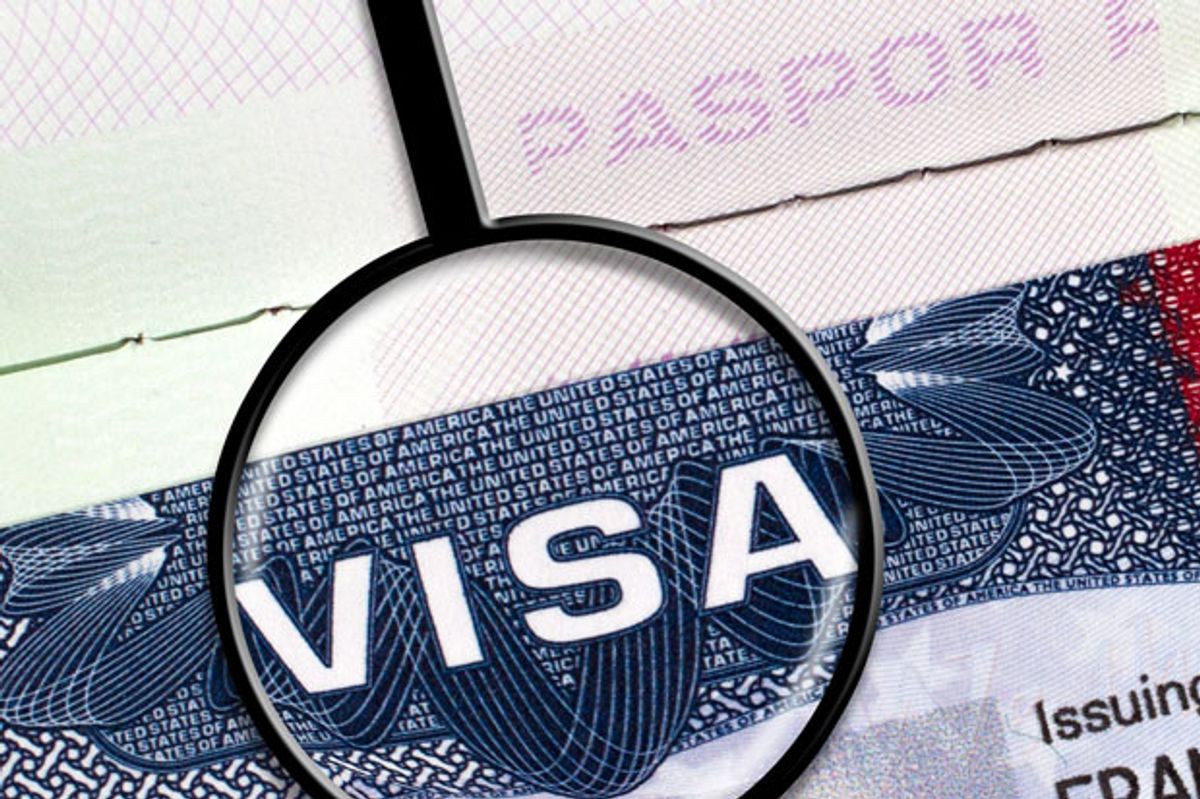THE INSTITUTEAs someone who came to the United States on an H-1B visa in 2006, I believe having skilled workers from other countries only adds to the success of engineering projects. However, I do agree with many of the visa program’s critics that the program has been misused in recent years.
H-1B visas allow employers to recruit and employ non-U.S. workers in specialty occupations, including engineering, for a specified period of time. Each year, U.S. Citizenship and Immigration Services approves a maximum of 85,000 workers under this program, with the intention of admitting skilled workers to help companies fill a talent shortage.
However, as many lawmakers as well as U.S. employees who have been affected by the program have publicly acknowledged, the system has been exploited. It no longer solely serves its initial purpose to fill positions in which it is difficult to find talent in specialized fields, but instead has been a way to replace U.S. workers with non-U.S. counterparts for a lower wage.
FAIR AND BALANCED
In recent years, bills have been proposed by lawmakers and other government officials petitioning for changes to the H-1B visa system. One proposal is to double the minimum salary that companies would be mandated to pay H-1B workers to $130,000. Other suggested changes would clamp down on the percentage of H-1B visas approved for small companies and give preference to international students educated in the United States. Strict audits to check for fraud also have been recommended.
Based on my experience, I believe in the value of the H-1B program overall and the importance of immigrants from all countries collaborating on engineering projects. Many immigrants who get their start in the United States have gone on to found their own companies or launch products in the United States, in turn creating jobs for others.
According to the H-1B Employment Effect report by the Partnership for a New American Economy, an immigration reform think tank, bringing in new talent through H-1Bs can stimulate the economy enough to create an additional 700,000 jobs for U.S. citizens by 2020. In fact, Elon Musk as well as founder of the performance management company AppDynamics, Jyoti Bansal, both received H-1B visas, according to the National Foundation for Public Policy.
Immigration has an overall positive impact on long-term growth in the country, according to the Economic and Fiscal Consequences of Immigration report published by the National Academies of Sciences, Engineering, and Medicine. The report states that the number of recent immigrants who are college educated is double those who arrived in 1970. Many of the new arrivals have degrees in technical fields. The report adds that highly skilled immigrants have boosted the country’s capacity for innovation and technological change, and have contributed to entrepreneurship and an increase in patents.
Immigrants who have founded companies not only hire American workers but also can help bring work from other countries to the United States. My friend Mike, a computer engineer, works for a high-tech company founded by an immigrant from India. The company has 50 American employees and just landed a contract to do work in India. The founder’s contacts in India opened up new trade and investment opportunities for U.S. businesses.
Although reform is needed to help repair a broken H-1B system, it’s important to reflect on the bigger picture to understand that one of the best economic policies we can instill in the United States is to let people in and allow them the opportunity to innovate and create.
IEEE Senior Member Qusi Alqarqaz is an electrical engineer with more than 27 years of experience in the power industry. He writes about technology, works as a consultant, and mentors students. He is a contributor of The Institute as well as the Analog, a newsletter for the IEEE Central Texas Section. He previously worked in Qatar and the United Arab Emirates.
Qusi Alqarqaz is an electrical engineer, engineering manager, and consultant with more than 33 years of experience in the electric power industry and in the analysis and performance improvement initiatives involving electric utilities. He has worked on electric power projects in Jordan, Qatar, Texas, and Turkmenistan, and the United Arab Emirates. The IEEE senior member writes about technical and management topics relevant to the electric power industry. He is a contributor to IEEE Spectrum and The Institute as well as serves on The Institute’s Editorial Advisory Board.
He holds a bachelor’s degree in engineering from the United Arab Emirates University. He earned certificates and continuing education degrees from the University of Manchester, in England; the University of Wales, in Cardiff; the University of Strathclyde, in Glasgow; and the University of Wisconsin-Madison, in Madison. He also holds a professional development certificate in the analysis of distribution systems from Milsoft Utility Solutions, in Abilene, Texas, and a certificate in power system engineering from ETAP, in Irvine, Calif.



